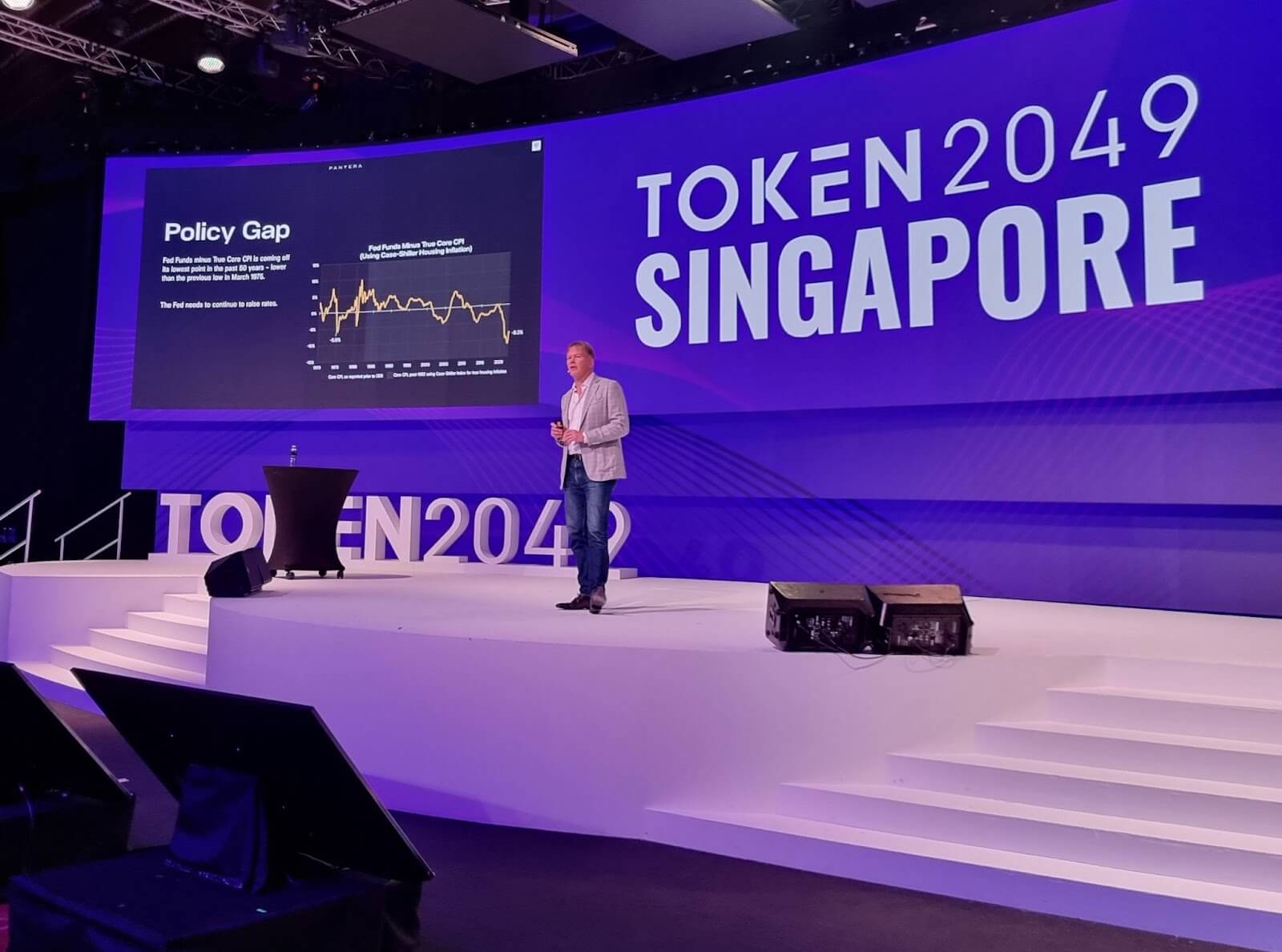
Market experts have been dishing out dire warnings on the negative effects that the Fed’s current aggressive monetary tightening has had on the US economy and have been claiming that the Fed would need to pivot to easing much sooner than the central bank anticipates. Such rumours have stoked stock rallies recently as investors hoped that the Fed would follow in the footsteps of the UK and conduct a QE to stop the markets from falling. This rumour appeared to hold ground after the UN spoke out early October, asking central banks around the world to stop raising rates at the detriment of world economies.

However, after the release of the September US non-farm payroll employment numbers on October 7, this “hopium” may finally be put to rest as the US job market has proven to be still going strong, which means the US economy is not as weak as what market experts have been anticipating as yet.
Experts Base Pivot Theory Out of Nothing
Regardless of how Fed officials have been advising to the contrary, market watchers have been insisting that the Fed would have to pivot soon, which leaves one wondering why.
Market watchers often point out the fact that Fed officials had changed their course from last year when they claimed that inflation was transitory and rate hikes were not needed, to the sudden aggressive hike this year as their argument that the officials would repeat the same thing this time. However, the two incidents are not related and it is puzzling how market professionals can base their conclusions out of guesswork and “hopium” when inflation numbers continue to rage high, even as the US economy has not been showing signs of distress.
It is difficult to blame these permanent bulls as they have been accustomed to a Fed that has pandered to every stock market decline since 2008. Whenever the stock market took a dive of 10% or more over these years, the Fed would do QE to rescue them.
However, the fundamental conditions today are very different from those in 2008, and the political situation is even more different today than they were then – we did not have a NATO-Russian conflict and certainly no energy crisis back then.
More importantly, the inflation rate in 2008 was only 3.84%, while it is now 8.3%, with oil prices threatening to go higher again after OPEC+ announced a new 2 million barrels per day production cut on October 5.
With all these issues still to be tackled, does the Fed have any reasonable basis to pivot? The perma-bulls do not seem to have taken these situations into consideration.
September Jobs Data Put The Hopium To Rest
The release of September’s non-farm employment change and unemployment rate on October 7 finally dented the sails of the perma-bulls. The non-farm employment change number has turned out better-than-expected, with 263,000 jobs created in the month of September compared with consensus estimate of 255,000. This is even coming on the heels of an explosive increase in the month of August, which showed that new jobs increased by 315,000 that month. This means that job creation has not slowed down, which is a sign that the economy has not slowed down.
While experts think that the aggressive Fed is dealing the US economy with a hard blow, the facts are speaking differently. Even better, the unemployment rate took an unexpected dive to 3.5% from expectations of 3.7% in September, again proving that the higher rates have not caused an increase in the number of unemployed.
These strong data only point to one thing, that even if the Fed secretly hopes to pivot, they have no excuse to.
The Bulls Will Continue To Stoke Baseless Optimism
Even though the jobs report should have firmly killed the recent groundless optimism in the stock markets, these perma-bulls are not likely to give up. We will likely see many more bear market rallies followed by selloff over the coming months, as every other data point that would suit their bullish theory could be twisted to support their argument.
A case in point could be the upcoming CPI data that is set for release on October 13. Should the rate come in even a tiny bit below expectations, these bulls will make a big deal about the Fed going to pivot again.
Should that time come, investors need to remember that, Fed officials, including Fed Chair Powell, have over the past two weeks, made it extremely clear at various events and over interviews, that they will not take into consideration the data from one or two months, but will want to see inflation come off in a persistent manner before they will even think about stopping hiking. This means that there will continue to be rate hikes even if inflation data for the rest of the year eases.
Noting these preemptive warnings, it is important for the retail investor to be aware of what the Fed’s stance is and not get sucked in by permanently bullish experts who perhaps lack the experience to know how high interest rates can possibly go. True, at the rate the Fed is hiking rates, the economy will eventually sink into a recession. However, we are not there yet and the risk of putting your money into the markets prematurely could result in unnecessary losses and pain for the average investors who may be better off holding cash. These are, however, just my personal opinion and I could be wrong. Readers are advised to do their own research before doing any investment and to seek advice from their financial advisors when they are in doubt.


